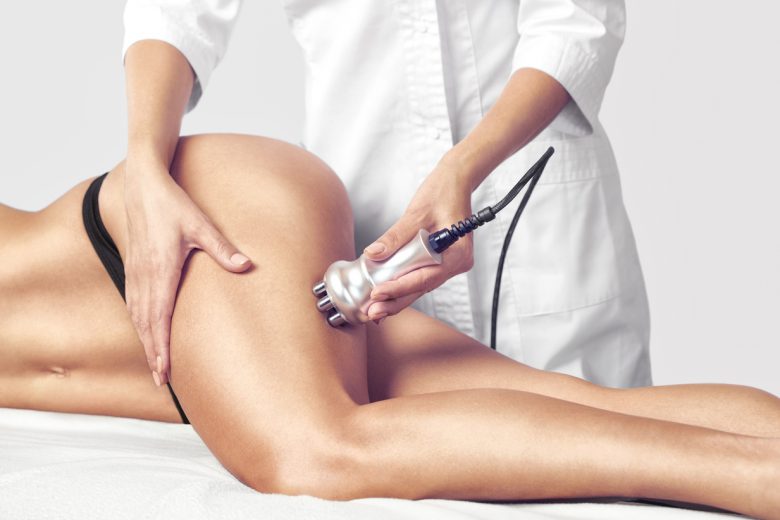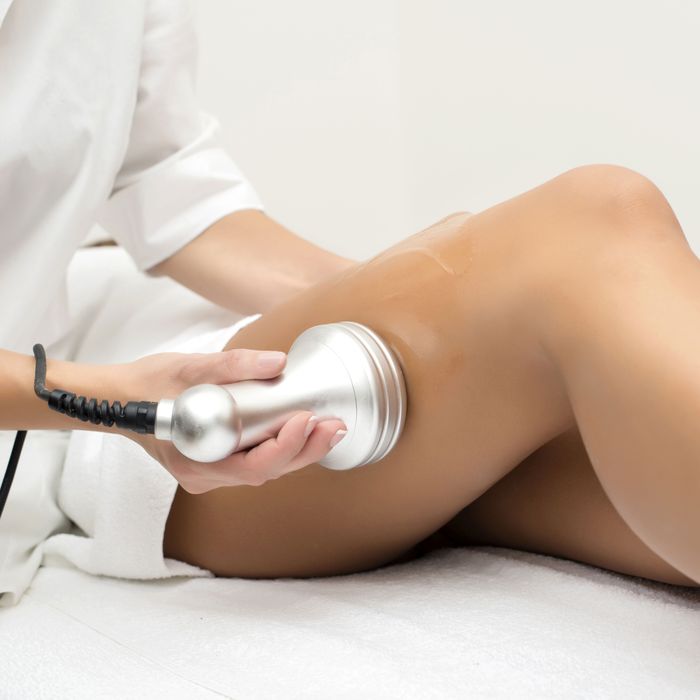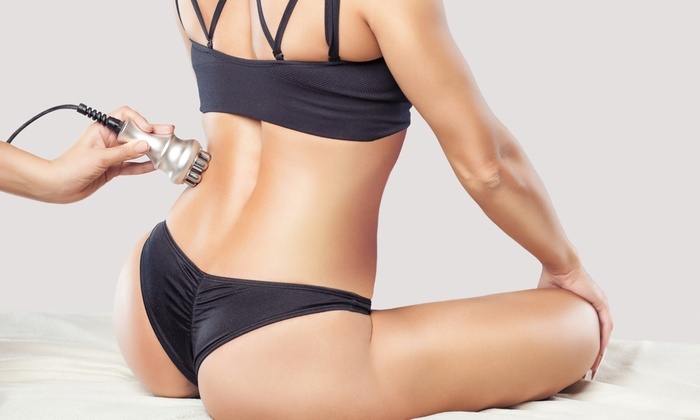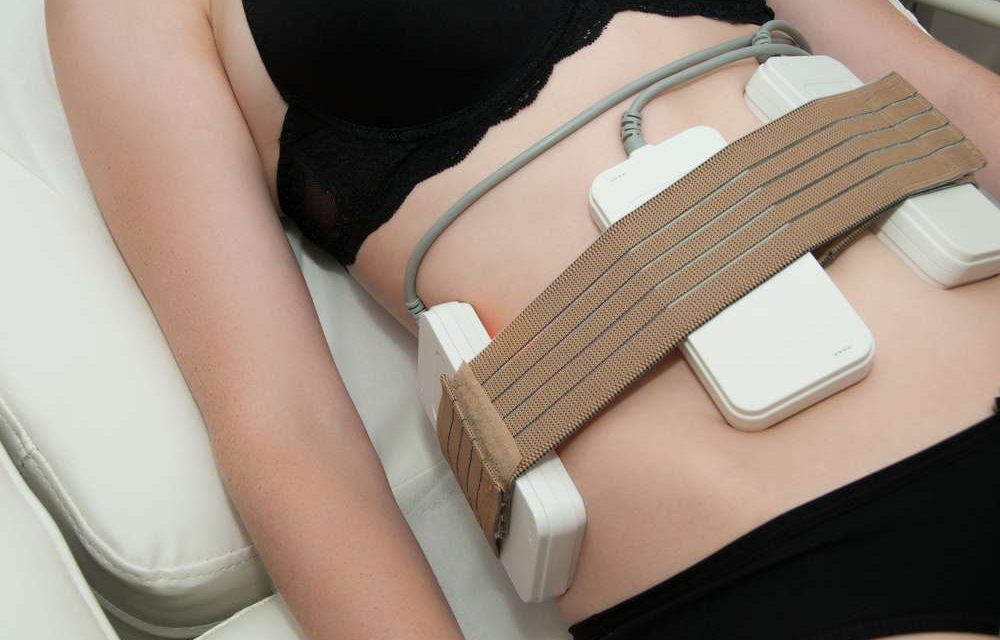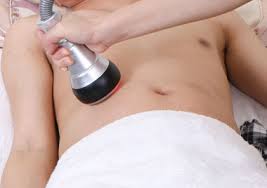What happens during an ultrasonic cavitation session?
The procedure for ultrasonic cavitation is pretty straightforward.
On the day of your appointment, your doctor may ask you to undress in private and put on a paper gown, depending on the area of your body that you’re treating.
Your doctor may sterilize the area of your treatment using alcohol. Using a handheld ultrasound device, they’ll slowly go over the target area of your body.
You may feel a warm sensation during the procedure and hear a buzzing from the ultrasound machine. Treatments typically take between 40 minutes to an hour.
Targeted areas for ultrasonic cavitation
Some studiesTrusted Source suggest that this treatment is most effective at reducing fat in “fibrotic” places in your body, which include the back and chest area.
Ultrasonic cavitation is also frequently performed on the:
- stomach
- hips
- face
- neck
- upper arms
- thigh areas
Ultrasonic cavitation side effects
Ultrasonic cavitation is considered a low-risk treatment for most people. Common side effects include:
- redness
- bruising
- headache
In some cases, the skin won’t absorb the fat evenly after it breaks down. Lumps, bumps, and valleys on your skin can appear after ultrasonic cavitation treatment.
These skin irregularities may be resolved by followup treatments.
What to expect after ultrasonic cavitation
After ultrasonic cavitation, you should be able to stand up and drive yourself home.
Pain and bruising are usually minimal. You’ll be instructed to hydrate as much as possible after the procedure to help your body flush the fatty cells through your lymphatic system.
But don’t expect to see results right away. Right after your appointment, your body might feel puffy or swollen. It takes time for your body to break down and dissolve the fat cells that have been dislodged.
You may also require repeated treatments to see visible results. Most candidates for this treatment see their final result within 6 to 12 weeks. On average, treatment requires 1 to 3 visits for visible results.
Results of this treatment are permanent, as long as you maintain a healthy diet and exercise. If you have a sedentary lifestyle, fat deposits may return to areas that have been treated.
Preparing for ultrasonic cavitation
To prepare for your appointment, your provider will give you detailed instructions, which you should follow carefully.
Make sure that you disclose the following to your provider before your appointment:
- any medical conditions you have
- any herbal supplements you take
- any medication that you’ve been prescribed
Avoid drinking alcohol for at least 48 hours before your appointment.
You may also be advised to avoid nonsteroidal anti-inflammatory drugs (NSAIDs), such as ibuprofen, in the 2 weeks leading up to your procedure.
Drink plenty of water before and after your treatment so that your body can flush out fat deposits quickly.
